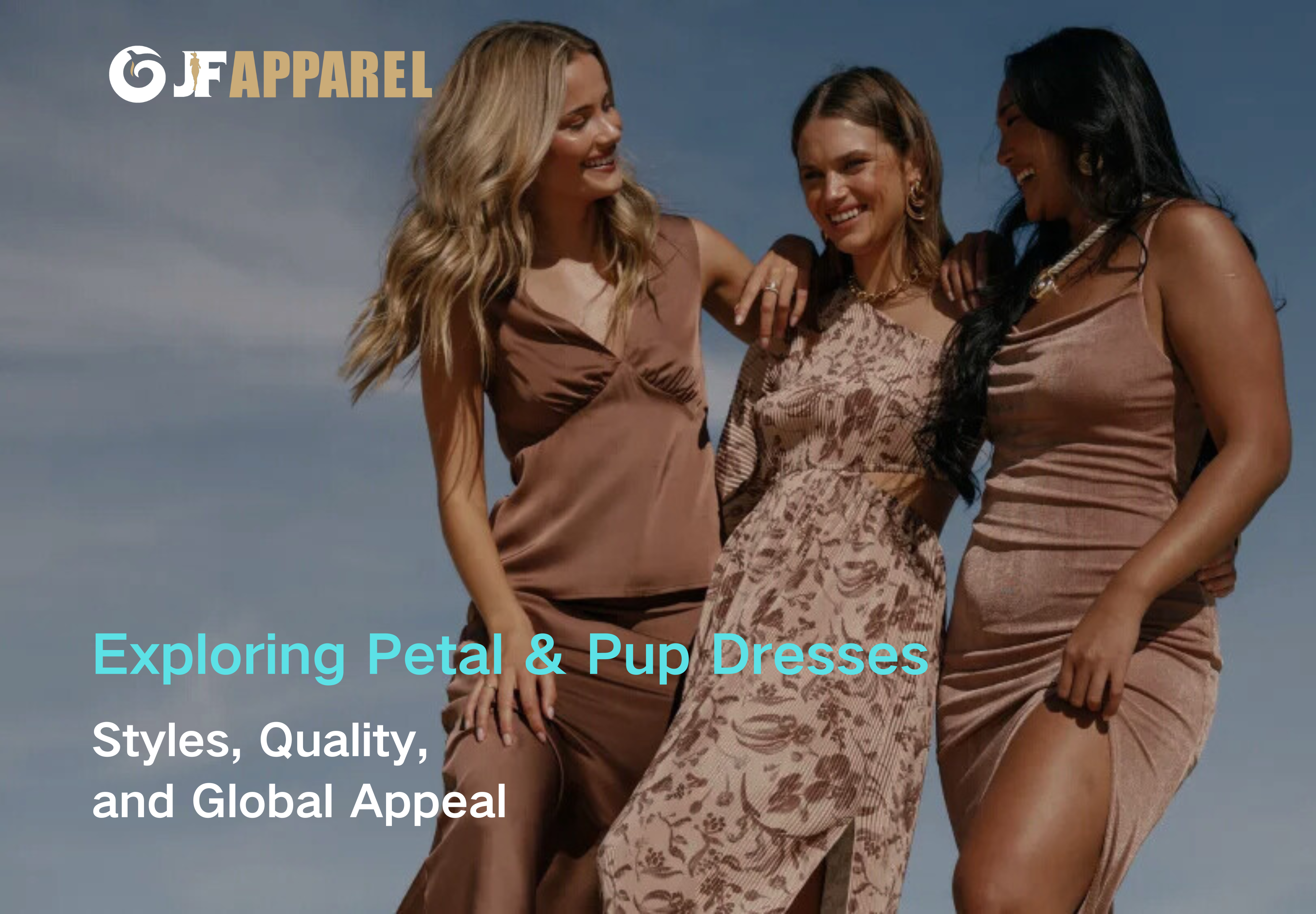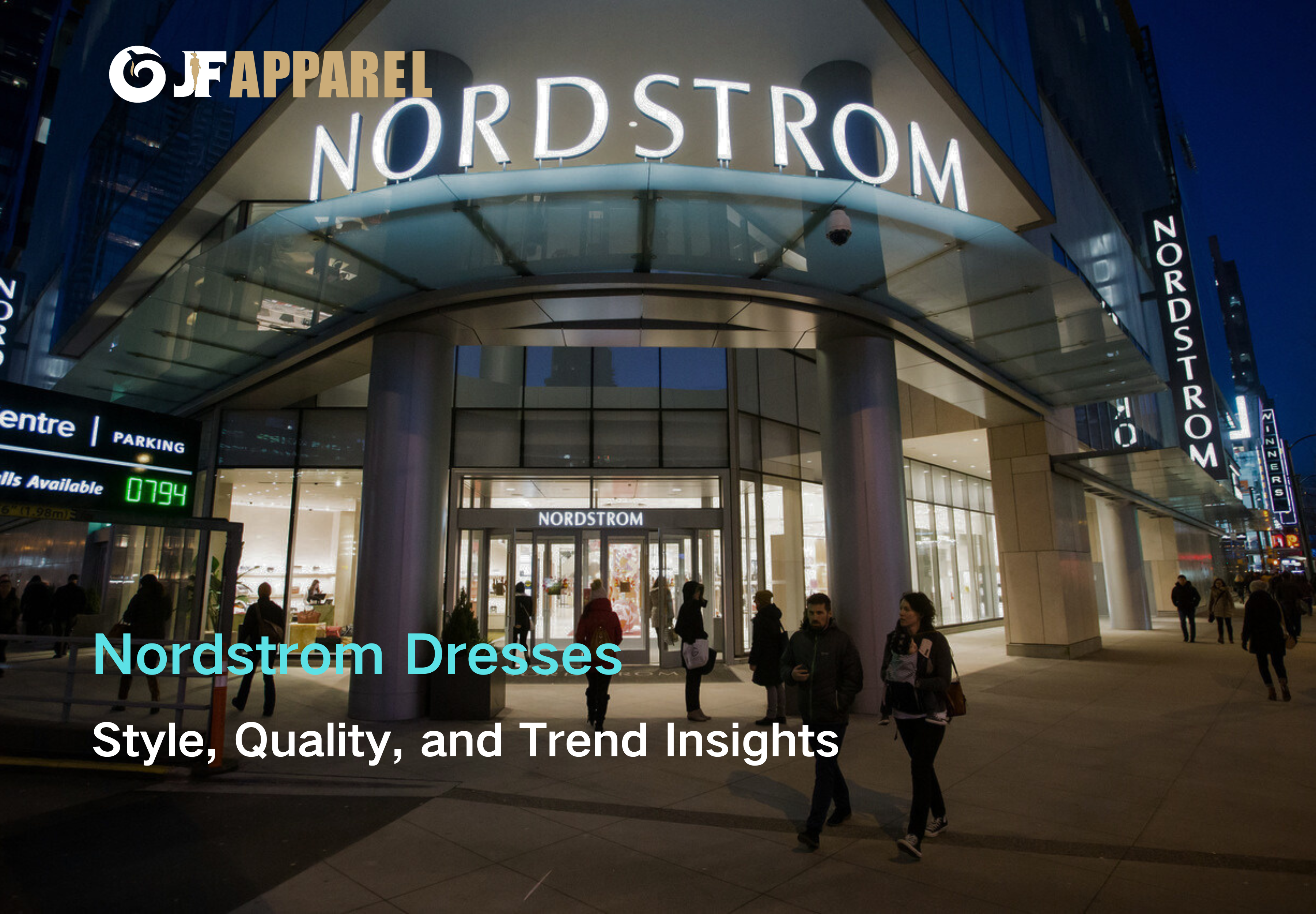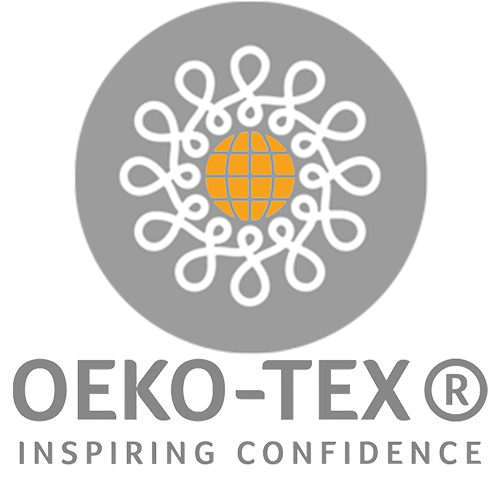Leather Fabric
The Premium Leather Fabric is a high-quality material designed for luxurious fashion and high-end home décor. It boasts an elegant appearance, exceptional durability, and superior comfort, making it the ideal choice for a range of upscale products. Whether for fashion apparel, handbags, footwear, or home furnishings, this leather fabric adds extraordinary appeal to your designs.

Product Features
- Superior Quality
- Advanced Tanning Process
- UV Stabilized
- Excellent Breathability
- Variety of Choices
High Durability - Eco-Friendly Production
Differences from Regular Fabrics
Texture and Feel: Premium leather fabric offers a unique natural texture and touch that is soft and smooth, unlike regular fabrics which often lack this luxurious feel.
Durability: Leather’s durability far surpasses that of regular fabrics. It resists wear, tear, and fading, making it suitable for long-term use in high-end products.
Breathability: The fiber structure of leather provides excellent breathability, keeping it dry and comfortable, whereas regular fabrics might become less breathable over time.
Maintenance: Although leather requires regular care, its stain resistance and easy-to-clean nature outperform regular fabrics, resulting in a longer lifespan.
Available clothing types
- Leather jumpsuit burgundy
- Faux leather square neck crop top brown
- Women’s Ruffled T-Shirt Black
- Black leather mini bandeau dress

Application scope
High-End Fashion Apparel: Ideal for creating luxurious leather jackets, skirts, pants, and more, showcasing a sophisticated style and intricate texture.
Luxury Handbags and Accessories: Perfect for handbags, wallets, belts, and other accessories, adding unique texture and a premium feel, enhancing overall design value.
Quality Footwear: Suitable for crafting various high-end leather shoes and boots, offering comfort and lasting durability, fulfilling both fashion and functional needs.
Upscale Home Décor: Used for creating high-quality sofas, cushions, and other home furnishings, elevating the luxurious and comfortable ambiance of living spaces.
Product Specifications
| Product Code | Thickness [mm] | Width [inches] | Texture |
| Smooth Leather | 1.2 – 1.8 | 54 | Smooth |
| Pebbled Leather | 1.5 – 2.0 | 54 | Pebbled |
| Embossed Leather | 1.3 – 1.9 | 54 | Embossed |
Available colors

FAQs
Why choose natural leather over synthetic leather?
- Natural leather not only offers a unique texture and appearance but also provides excellent breathability and durability. Over time, it develops a unique patina, making it an ideal choice for high-end designs.
How is the durability of leather ensured?
- Our leather undergoes special treatments to offer UV resistance, waterproofing, stain resistance, and scratch resistance, ensuring it maintains its perfect condition over time.
What are the special processes used for the leather?
- Our leather employs advanced tanning processes to enhance softness, durability, elasticity, and breathability. Additionally, eco-friendly dyeing techniques ensure uniform, long-lasting color that resists fading.
How should leather products be maintained?
- Regularly use professional leather care products to keep the leather soft and lustrous. Avoid prolonged exposure to sunlight, and store in a cool, dry place to prevent aging.
How to view the complete FAQ
Complete Guide to Leather Fabric: Characteristics, Types, and Uses
Many people love leather for its durability and versatility. From high heels to jackets, this fabric has been used in various ways for over 7,000 years, and it remains highly popular today.
It’s said that the first fabric crafted by humans was leather. Early humans used untreated animal hides for clothing. The first treated leather products appeared around 5,000 BC. However, leather tanning using tannins began around 400 BC. Since then, leather has undergone significant changes over time.
Today, leather is one of the most popular and diverse fabrics available. With its range of styles, colors, and grades, leather continues to be a favorite choice for many applications.
Types of Leather Fabric
Leather fabric comes in various types, each with distinct characteristics. Here are some of the available leather types:
Full-Grain Leather
Full-grain leather is the highest quality and most durable type of leather. It retains the natural texture and imperfections of the animal hide, giving it an authentic look.
Top-Grain Leather
Top-grain leather is the second-highest grade of leather. It is similar to full-grain leather but undergoes additional processing to remove surface imperfections and create a more uniform appearance. While slightly less durable than full-grain leather, it is widely used for its smooth texture, quality, and durability.
Split Leather
Split leather comes from the lower layers of the animal hide. It is less durable than full-grain and top-grain leather and has a different appearance. Often used for suede fabric, it features a soft, napped texture.
Corrected Grain Leather
Corrected grain leather is treated to remove grain imperfections and then embossed with a new texture pattern to achieve a more consistent appearance. It is often used in furniture upholstery and is more affordable than full-grain or top-grain leather.
Nubuck Leather
Nubuck leather has a velvety texture created by sanding the outer surface. It offers luxurious softness and a plush feel, commonly used in footwear and accessories.
Nappa Leather

Nappa leather is full-grain leather typically made from lamb, kid, or sheep hides. It is known for being extremely soft, smooth, and durable.
Patent Leather

Patent leather is coated with a glossy finish, giving it a shiny and reflective appearance. It is usually made from corrected grain leather, which is harder than true top-grain leather, and is often used for shoes, handbags, and accessories.
Suede Leather

Suede leather is typically made from the hides of young animals. It has a smooth, napped finish and is known for its soft, textured surface.
How Leather Fabric is Made
Leather fabric is created through the tanning and processing of raw animal hides. The tanning process transforms raw hides into durable and flexible material suitable for various uses.
Preparation for Tanning
The first step is preparing the hides for tanning. This involves removing any flesh, fat, or hair from the hide. The raw hides are soaked in water to rehydrate them, making them more pliable for further processing.
Preservation
Once prepared, the hides undergo a preservation process to prevent decomposition. This can be done using different methods, such as salting, drying, or chemical treatments.
Soaking
The dried hides are then soaked in water to remove any remaining salt or dirt. This process also helps rehydrate the hides, making them ready for tanning.
Tanning
Tanning is the crucial step that transforms raw hides into leather by stabilizing the proteins in the animal hides. There are two main types of tanning:
A. Vegetable Tanning This traditional method uses tannins from plant materials to tan the hides. It is a slower process but produces more natural and eco-friendly leather.
B. Chrome Tanning This faster and more widely used method employs chromium salts to tan the hides. It results in softer, more pliable leather with excellent color retention.
Finishing
After tanning, the leather undergoes finishing treatments to enhance its appearance. These treatments may include dyeing, embossing, or coating to achieve the desired texture and color.
Drying
The finished leather is then dried to remove any excess moisture. Drying can be done by air or specialized drying methods. Once dried, oils or waxes may be applied to restore its softness and flexibility.










